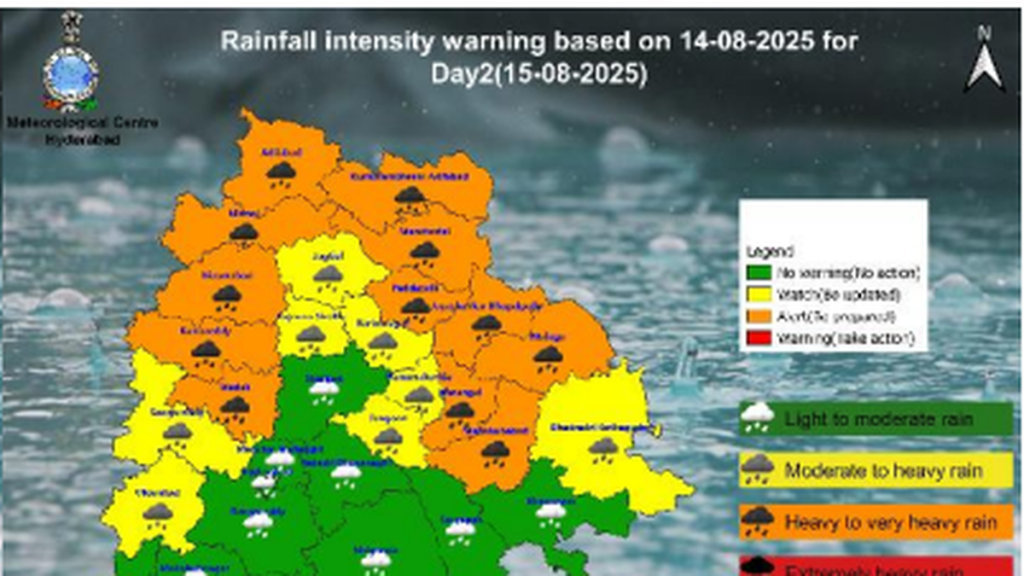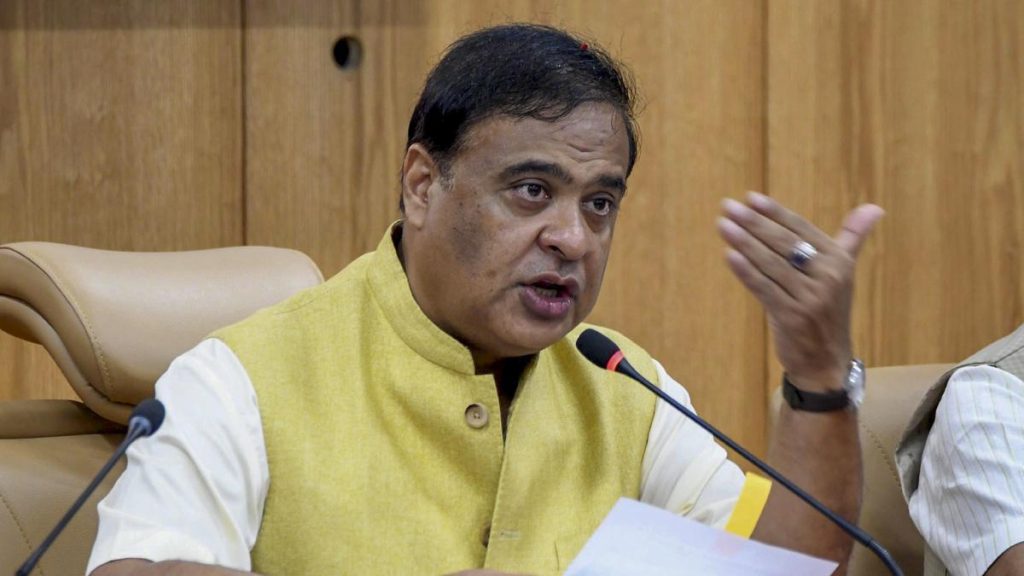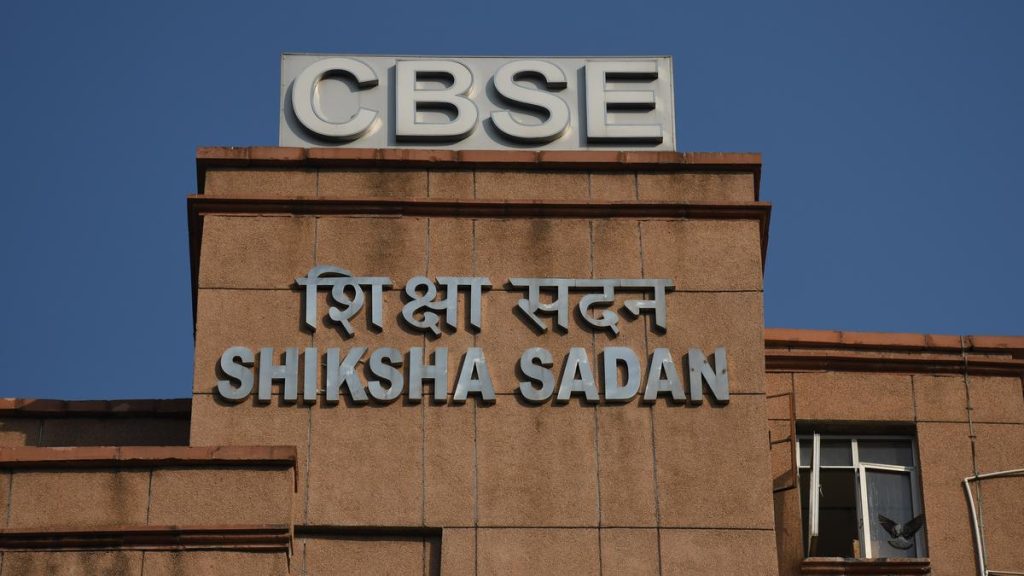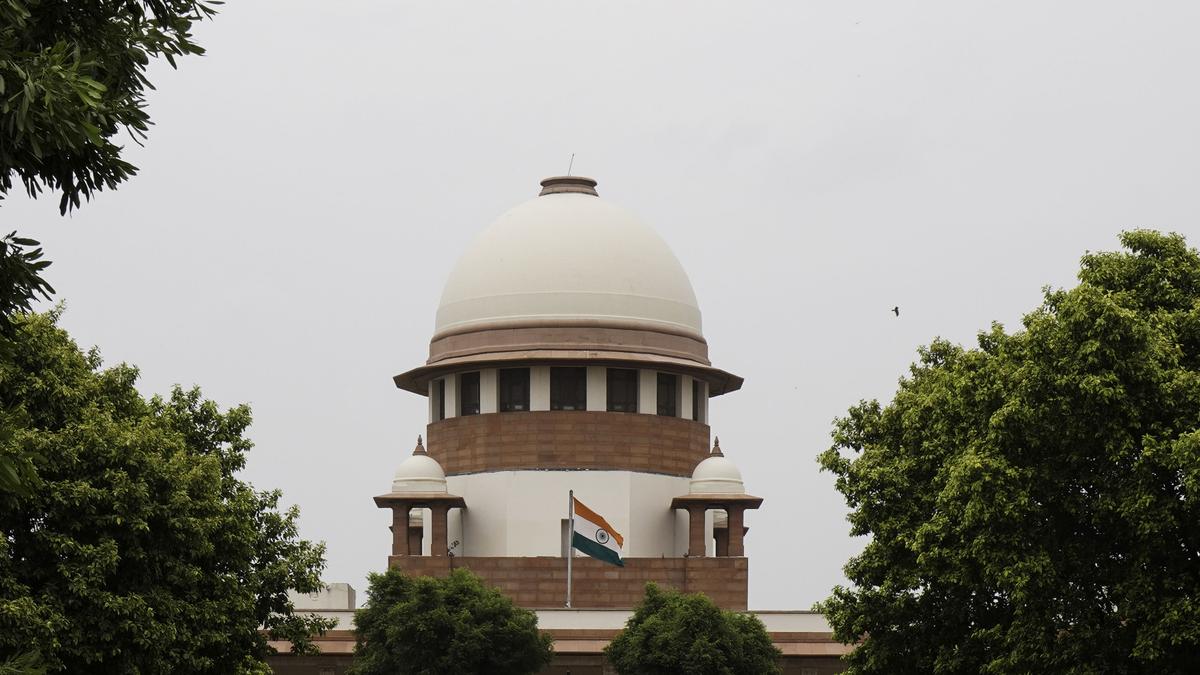Now Reading: 10 Surprising Facts About Thunderstorms
-
01
10 Surprising Facts About Thunderstorms
10 Surprising Facts About Thunderstorms
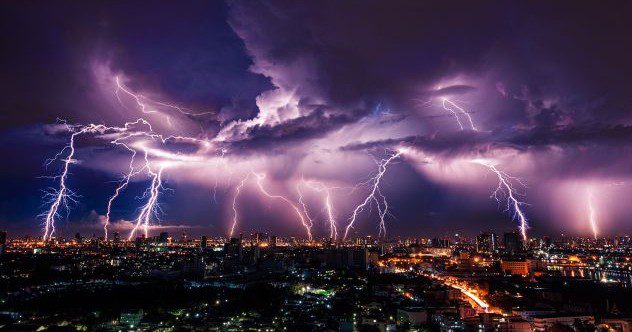
Rapid Summary
- Thunderstorms involve fascinating phenomena and risks,including lightning strikes,unique weather patterns,and safety concerns.
- NASA’s F-106 Delta Dart flew thru nearly 1,500 thunderstorms to improve aviation lightning protection. It was struck by lightning over 700 times but never crashed.
- Showering during a thunderstorm poses a rare but serious risk due to potential electrical charges traveling through plumbing.
- A persistent myth about metal attracting lightning is incorrect; height and isolation are the primary factors for strikes. However, metal conducts electricity and can be dangerous post-strike.
- Rare instances of “animal rain,” including frogs or fish being carried by storm winds,occur during powerful thunderstorms with high winds near water bodies.
- Forest fires can spark lightning due to smoke particles creating static hotspots in the atmosphere.
- The immediate aftermath of storms presents risks from flooding, debris, broken power lines, etc.-caution is advised when stepping outdoors post-storm.
- Lightning can strike the same spot multiple times if conditions align; tall structures like the Empire State Building often get struck repeatedly.
- Lightning bolts can reach temperatures up to 50,000°F (27,700°C), far hotter than the sun’s surface; this rapid heating also produces thunder via air expansion explosion.
- seeking shelter under isolated wooden structures or tall trees during thunderstorms considerably increases risk of injury from possible strikes.
- Driving through flooded roads after storms is deadly-in just six inches of water cars could stall or be swept off course unexpectedly.
Indian Opinion Analysis
The article sheds light on several hazards related to thunderstorms while presenting intriguing insights into natural phenomena driven by atmospheric dynamics-some of wich carry direct implications for public awareness in India’s diverse geography prone to heavy rains and storms (e.g., monsoons). awareness campaigns around flood safety (“turn around don’t drown”) could save lives in urban regions like Mumbai facing recurrent waterlogging challenges during heavy downpours.
Furthermore, ongoing efforts akin to NASA’s aviation research are relevant for India given its booming aerospace ambitions highlighted under ISRO’s advancements alongside growing commercial airlines traffic domestically where seasonally storm-prone skies might benefit future prevention tactics/infrastructure safeguards via such data-led breakthroughs too despite modern planes here already mostly strike-proof versus older fleets globally.
Also scientifically correcting prevalent superstitions stating irrational laws/myths re-lightning-related causes among rural settings helps prevent panic-driven tactics risky unintended outcomes operating educational approach alongside policy reinforcement setups disaster preparedness systems requisite frequently vast-temperate states vulnerable predicted meteorologically escalated vulnerabilities



